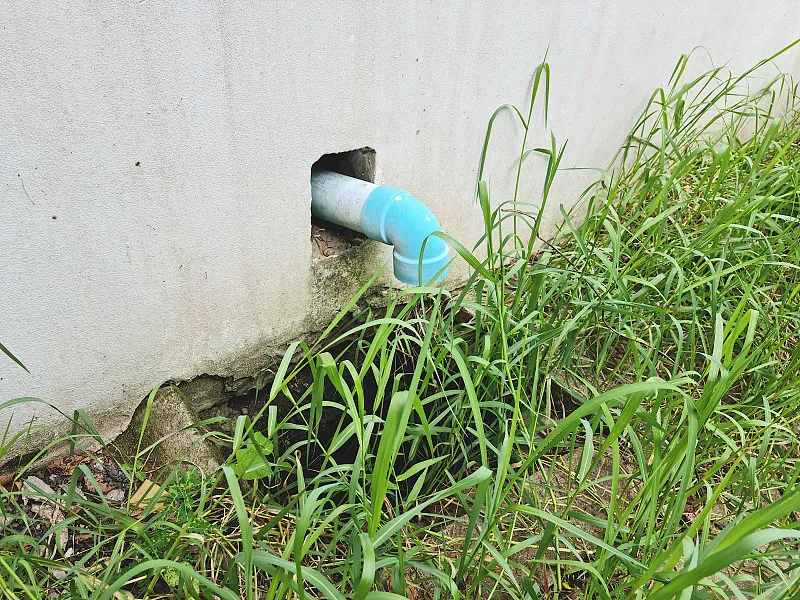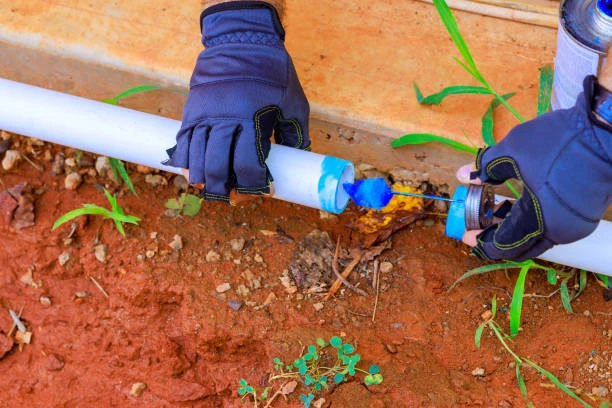Introduction
CPVC drainage fittings have become a common choice in plumbing systems due to their durability and affordability. However, plumbers warn about recurring issues that could compromise their effectiveness. This article explores the problems, their causes, and how to address them effectively.
What Are CPVC Drainage Fittings?
Definition and Composition
CPVC drainage fittings are made from chlorinated polyvinyl chloride, known for its resistance to heat and chemicals. They are widely used in residential and commercial plumbing systems for draining wastewater.
Common Applications
These fittings are ideal for systems that require resistance to high temperatures and chemical exposure, such as hot water drainage and industrial waste management.
Why CPVC Fittings Are Popular
Advantages of CPVC Materials
CPVC offers superior heat resistance, corrosion resistance, and ease of installation. Its lightweight nature simplifies handling and reduces labor costs.
Cost-Effectiveness and Durability
Compared to metal fittings, CPVC provides a budget-friendly alternative without sacrificing performance.
Concerns Raised by Plumbers
Common Issues Identified
Plumbers frequently encounter problems such as cracking, leaking, and joint failures. These issues often arise during installation or over time due to environmental stress.
Factors Leading to Failures
Improper installation techniques and the use of incompatible materials can exacerbate these issues.
Potential Causes of CPVC Fittings Problems
Improper Installation Practices
Incorrect pipe cutting, inadequate joint cleaning, and poor adhesive application can lead to leaks and joint failures.
Compatibility Issues
CPVC fittings may not work well with certain pipe materials or chemical agents, leading to faster degradation.
Environmental Stress and Degradation
Exposure to UV light, extreme temperatures, or harsh chemicals can weaken CPVC fittings over time.
Impact on Plumbing Systems
Shortened Lifespan
Failures in CPVC fittings can reduce the overall lifespan of plumbing systems, necessitating costly replacements.
Increased Repair Costs
Recurring leaks and blockages lead to higher maintenance expenses for homeowners and businesses.
Signs of Failing CPVC Drainage Fittings
- Visible cracks or discoloration
- Leaking joints or connections
- Reduced water flow or frequent blockages
Tips for Avoiding Problems with CPVC Fittings
Proper Installation Techniques
Follow manufacturer guidelines to ensure correct cutting, fitting, and adhesive application.
Regular Inspections
Periodic checks help identify potential issues early, preventing major damage.
Alternatives to CPVC Drainage Fittings
PVC Fittings
PVC provides a more cost-effective alternative but lacks CPVC’s heat resistance.
PPR Fittings
PPR offers high durability and is increasingly preferred for its eco-friendly properties.
Advancements in CPVC Technology
Improved Manufacturing Processes
New methods enhance the strength and flexibility of CPVC materials, addressing some common issues.
Enhanced Formulations
Modern CPVC formulations are designed to withstand greater environmental stress and chemical exposure.
Industry Response to Plumbers’ Concerns
Efforts to Address Quality Issues
Manufacturers are investing in research and development to create more robust CPVC products.
Increased Training
Providing plumbers with detailed installation guides and training sessions helps reduce user error.
Best Practices for Homeowners
Choosing the Right Materials
Consult plumbing experts to ensure the selected fittings meet system requirements.
Hiring Licensed Professionals
Professional installation minimizes the risk of errors and ensures system longevity.
The Role of Manufacturers in Ensuring Quality
Stringent Quality Control
Manufacturers must implement rigorous testing to ensure the reliability of CPVC fittings.
Collaboration with Plumbing Professionals
Engaging with installers helps manufacturers understand real-world challenges and improve product designs.

Future Outlook for CPVC Drainage Fittings
Innovations in CPVC Technology
Ongoing advancements aim to enhance durability and performance.
Potential Market Trends
As awareness grows, the market may see a shift towards higher-quality, more reliable CPVC products.
Conclusion
While CPVC drainage fittings offer significant advantages, they are not without challenges. Proper installation, regular maintenance, and selecting the right materials can mitigate most issues. By addressing these concerns, homeowners and professionals can ensure the longevity and efficiency of their plumbing systems.
FAQs
- What are the main issues with CPVC drainage fittings?
Common problems include cracking, leaks, and compatibility issues with other materials. - How can I prevent CPVC fitting failures?
Ensure proper installation, use compatible materials, and schedule regular inspections. - Are there better alternatives to CPVC fittings?
PVC and PPR fittings are viable alternatives, depending on the system requirements. - What causes CPVC fittings to degrade?
UV exposure, extreme temperatures, and improper chemical exposure can weaken CPVC fittings. - How can manufacturers improve CPVC fittings?
Enhancing formulations and providing detailed installation guides can address most concerns.


















